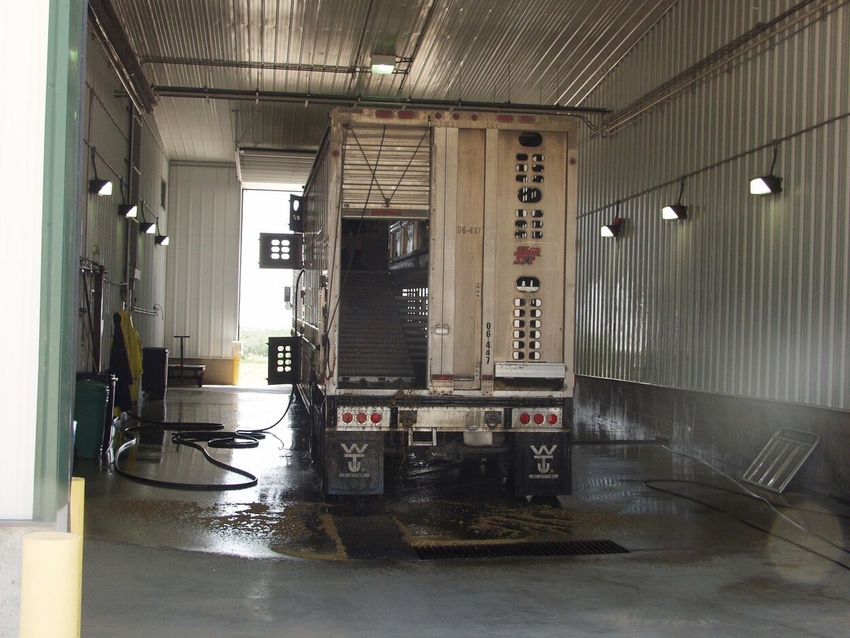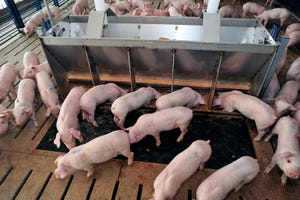SHIC continues call for Wean-to-Harvest Biosecurity Program proposals
Continued researchable interests include alternatives to the traditional truck wash, technology to monitor biosecurity compliance, and mortality management.
July 11, 2023

The Swine Health Information Center, along with the Foundation for Food & Agriculture Research and Pork Checkoff, will soon be awarding another round of funding for Wean-to-Harvest Biosecurity-related research projects in response to its second call for proposals. Because not all the research priorities were sufficiently addressed, SHIC continues to invite proposals within the Wean-to-Harvest Biosecurity Program to address this identified vulnerability to swine health and producers' opportunity for profitability, to stretch SHIC's producer Checkoff funds to safeguard the health of the U.S. swine herd, and to help control the next emerging disease in the US pork industry.
SHIC, in partnership with FFAR and Pork Checkoff, launched the two-year Wean-to-Harvest Biosecurity Program in the fall of 2022. Research proposals were invited with the intent of investigating cost-effective, innovative technologies, protocols or ideas to enhance biosecurity during the wean-to-harvest phases of swine production. Round one projects launched in March 2023. Round two projects are expected to begin in July-August 2023. A pool of approximately $2.3 million is available for the program, with approximately $1 million being awarded to the first round of projects.
Continued researchable interests include:
Packing plant or other first point of concentration biocontainment
Alternatives to traditional truck wash, including cleaning and disinfection of trailers without water or without heating after initial water flush
Artificial intelligence or other novel technology to monitor and evaluate biosecurity compliance
Mortality management
Industry barriers to biosecurity adoption and compliance
Proposals must identify and include which of the research priorities is being investigated. They are expected to define current practices and investigate innovative and novel protocols or technologies that may have a cost, efficiency or implementation advantage. Herd health status monitoring, instead of disease outbreak incidence, can be used to demonstrate success of the protocols or technologies and aid in a required economic analysis of cost-effectiveness. Collaborative projects that include pork industry, allied industry and/or academic public/private partnerships, that demonstrate the most urgency and timeliness of completion and that show efficient use of funds, will be prioritized for funding. If project duration is extended to assess seasonal effects, a justification for the timeline should be clearly stated.
For more information or to discuss development of proposals, contact Paul Sundberg via email or Megan Niederwerder via email.
You May Also Like



